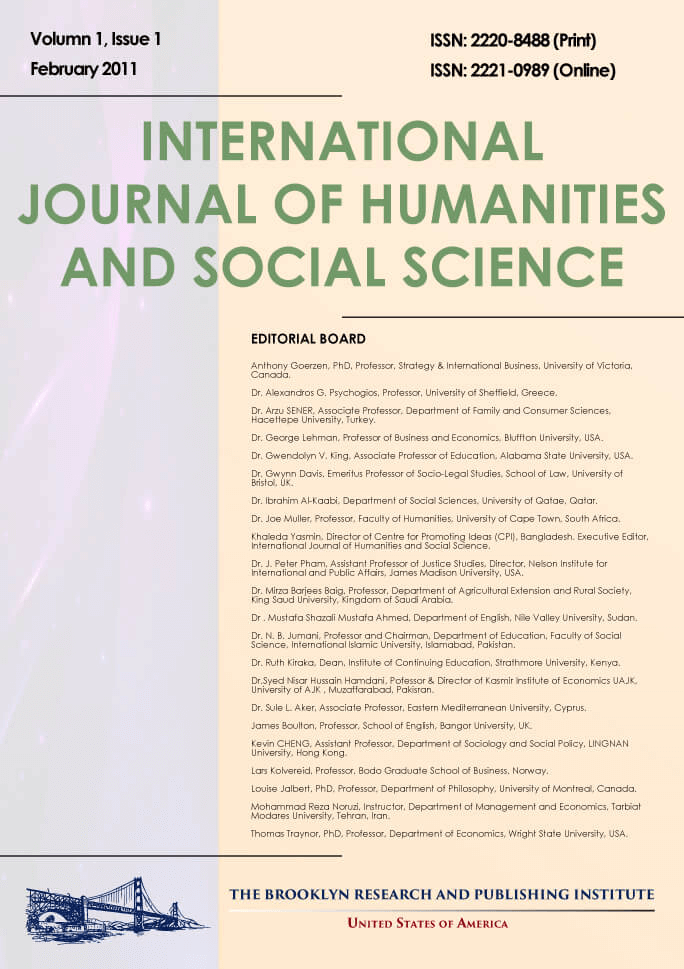Could Andreas Vesalius Have Drawn the Medial Patellofemoral Ligament in De Humani Corporis Fabrica (1543)?
Wander Edney de Brito, Rui Barbosa de Brito, Marcelo Henrique Napimoga
Abstract
The Vesalius’s drawings are known for the richness in detail which was produced in 1543. Revisiting the
drawings, we suggest that the medial patellofemoral ligament may have already been represented at that time.
For many centuries, once upon a time, the internal human anatomy could only be appreciated serendipitously, be
it by glancing at skeletal remains from raided cemetery tombsor when the thoracic-abdominal viscera were
exposed either in battle or when corpses were prepared for mummification. Deliberate opening of a human body
to examine its content, however, violated all legal and culturally acceptable limits and was strictly forbidden
(Standring et al., 2016).
Before the Renaissance, knowledge on human anatomy was based on animal dissection, which was then
extrapolated to humans by approximation. Early in the Renaissance, studies involving human cadavers were
authorized, which propelled an exponential development in this field, the results of which are still seen today.
Andreas Vesalius, Belgian doctor, is regarded as the father of modern anatomy due to his masterpiece De Humani
Corporis Fabrica (1543) (Mesquita et al., 2015), and some of his human anatomy drawings display an incredible
wealth of detail even when compared to contemporaneous anatomy text books. Findings or classifications in the
area of the patellofemoral joint are sadly complicated by a lack of consensus on nomenclature, causing a great
deal of confusion amongst different readers, which could easily be resolved should the scientific and medical
communities be able to a green a single definition of terms (Grelsamer, 2005). In 2013, an article described a socalled
novel ligament within the anterolateral joint of the knee in humans, which gained much media coverage
worldwide (Claes et al., 2013). Interestingly, in 1879, a French surgeon named Segond had already scrutinized the
anatomical landmarks in this region (Cavaignac et al., 2016).
Nowadays, the medial patellofemoral ligament (MPFL) is regarded as a primary restrictor of medialization forces
to the patella. It was first described as a structure in layer II on the medial aspect of the knee (Marshall & Warren,
1979). The MPFL is a 53-mm longand thin fascial band attached in to medial femoral epicondyle and the medial
border of the patella (Amis et al., 2003).A subsequent study suggested, however, that such ligament was present
only in 35% of analyzed individuals (Reider et al., 1981) though most recent studies have demonstrated that this
prevalence could be as high as 100% (Steensen et al., 2004). The MPFL is also considered a crucial structure for
medial patellar stability and, therefore, reconstructive surgery is highly regarded in the treatment of patellofemoral
dislocation (Hautamaa et al., 1998). How novel can a ligament discovery actually be? Could anatomists from
centuries ago have seen it all before? Are we re-inventing the wheel? By revisiting the illustrations in De Humani
Corporis Fabrica (1543) by Andreas Vesalius, one is able to see the MPFL depicted on the medial aspect of the
knee, with its femoral and patellar insertions, though the author sadly failed to give it a name. Figure 1A
represents a superficial anatomy view of the knee showing very clearly the MPFL on the right side of the
picture(Figure 1B, arrow). Detailed drawings described therein surpassed any previous representations of the
dissected human body and are arguably the most important of all illustrations in the history of medical science.
The process of planning, designing, outlining and executing is one of the most remarkable in the history of
anatomy illustration art (Kemp, 1970). The work by Andreas Vesalius in De Humani Corporis Fabrica far exceeds
expectations in terms of quality, especially taking into account the historical period in which it was conceived
(1543). Vesalius’ drawing precision was exquisite and, in our view, the detail with which the MPFL was
illustrated is frankly outstanding. Perhaps a shadow produced by the vast us medial is oblique muscle?
We do not think so. We believe that this and other anatomy geniuses have yet more surprises in store awaiting
those willing to investigate them.
Full Text: PDF
International Journal of Humanities and Social Science
ISSN 2220-8488 (Print), 2221-0989 (Online) 10.30845/ijhssMENU
Call for Papers
International Journal of Humanities and Social Science (IJHSS) is a monthly peer reviewed journal
Read more...Recruitment of Reviewers
Reviewer's name and affiliation will be listed in the printed journal and on the journal's webpage.
Read more...
Visitors Counter
23437256
| 6568 | |
| |
9619 |
| |
254278 |
| |
337680 |
| 23437256 | |
| 649 |
